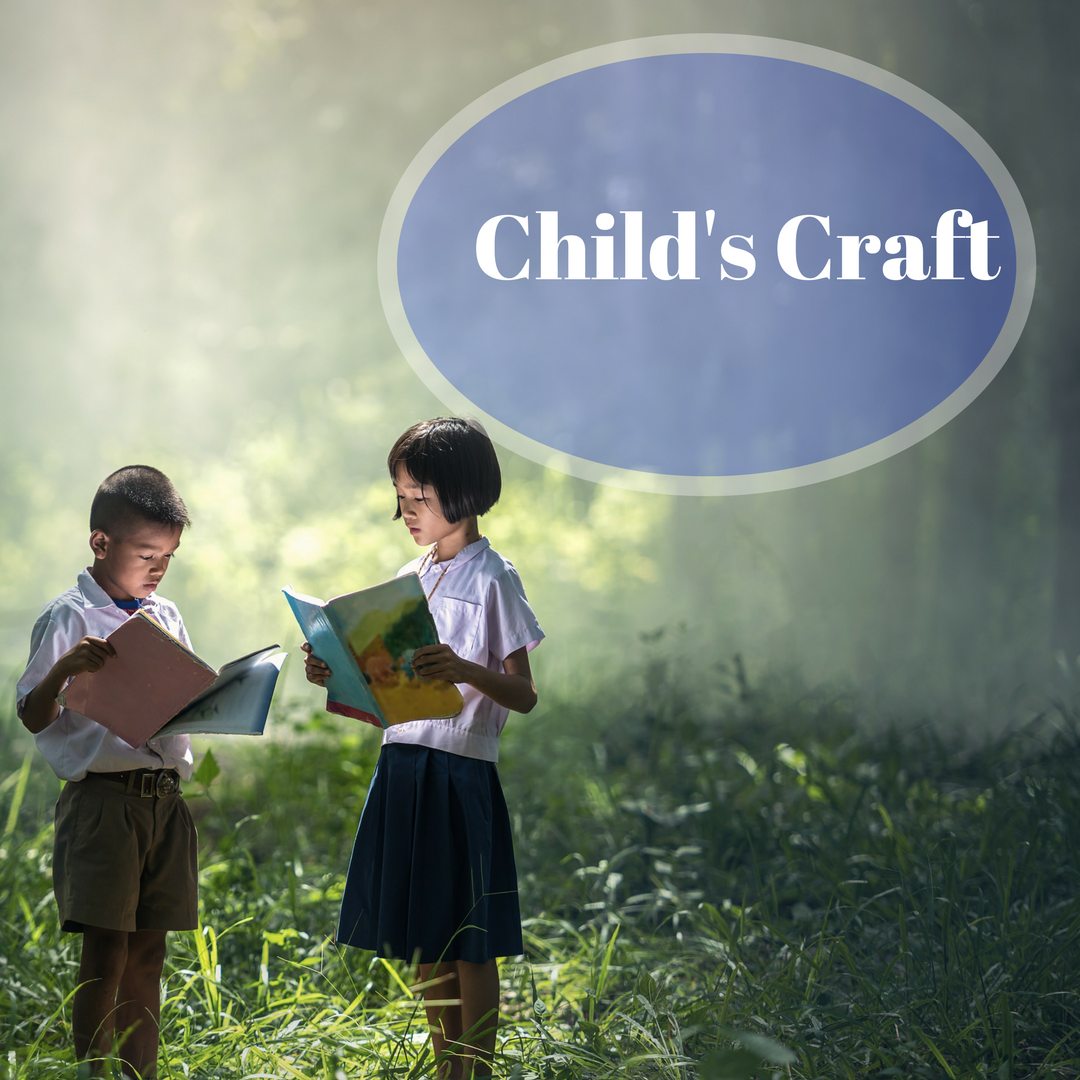
Kids Lit
Every Single Word
Have you met adults who somehow believe that writing a picture book is EASY because there are so FEW…
July 8, 2023
Have you met adults who somehow believe that writing a picture book is EASY because there are so FEW…
July 8, 2023
Does it seem to take FOREVER to get a brilliant (they all are!) book published for kids? Even as…
September 8, 2021
We’re story-tellers! So, we often want to tell every scrumptious detail of our stories as we write. But not…
February 21, 2019Have a children’s book idea simmering? Jill Lord shares how you can transform those dreams into published picture books…
November 30, 2017